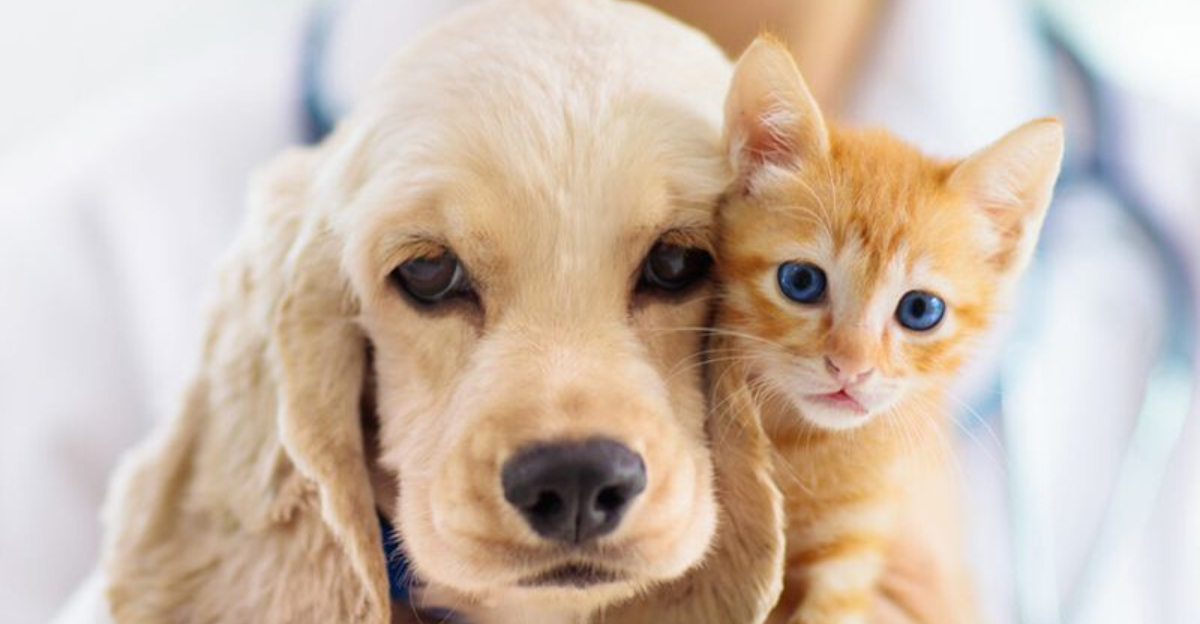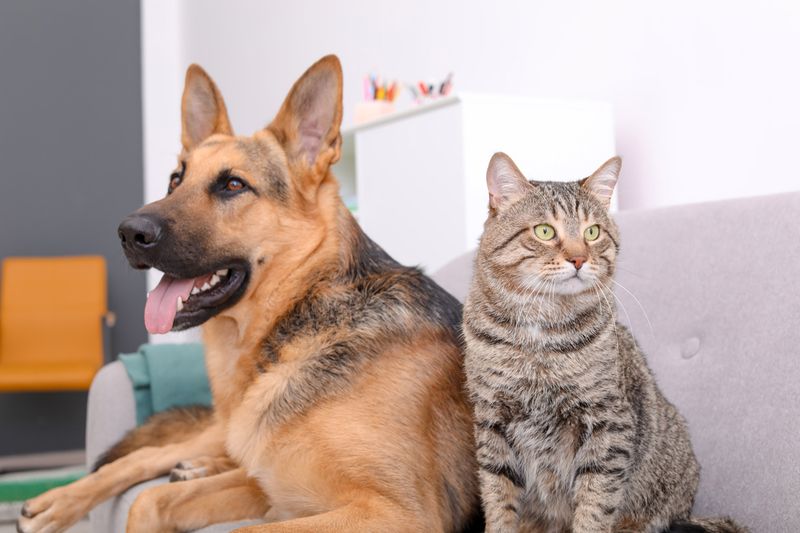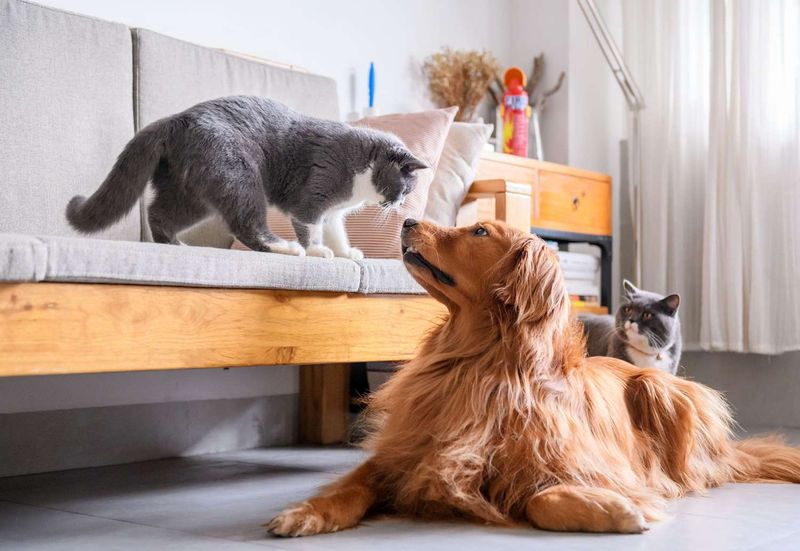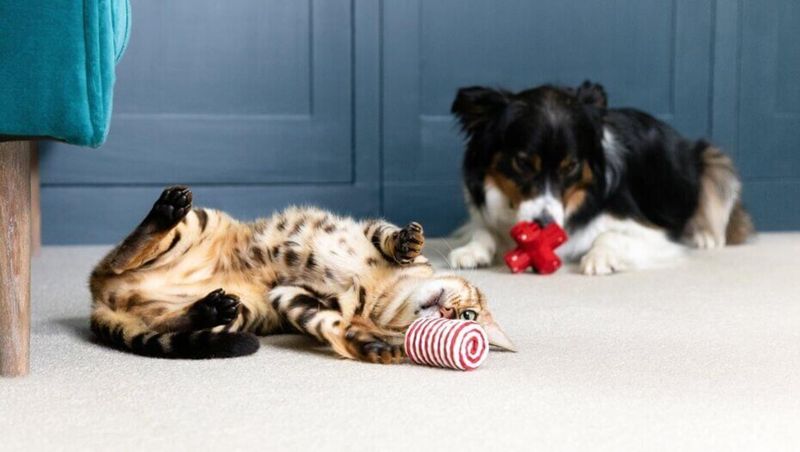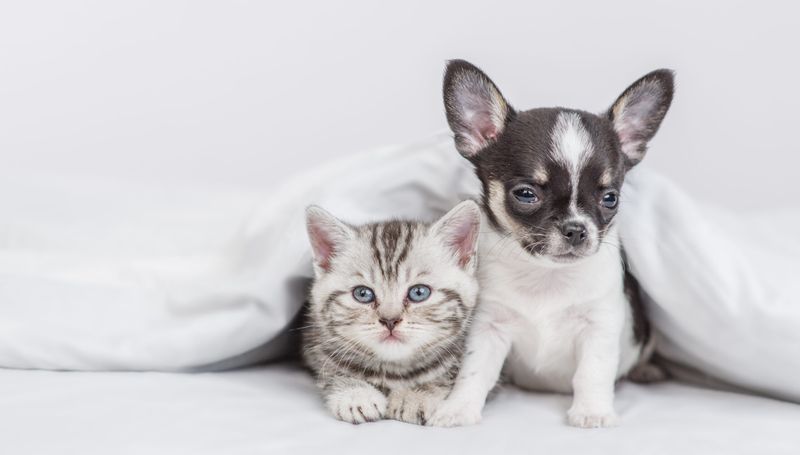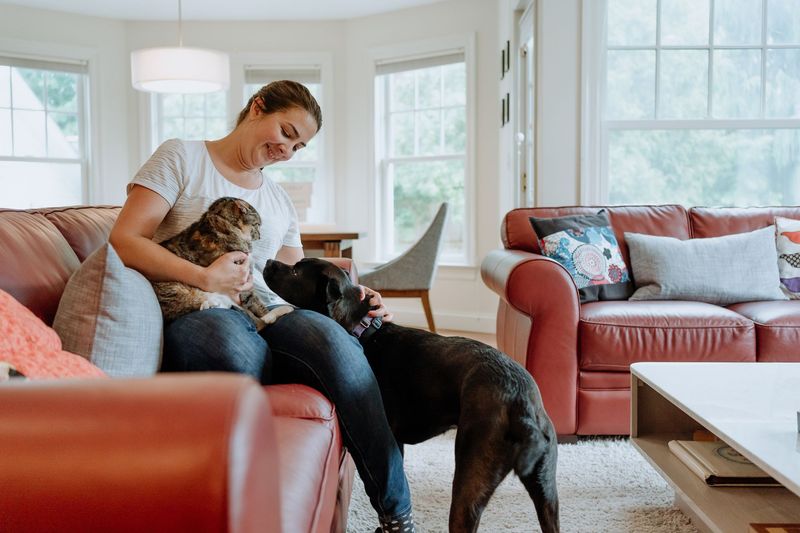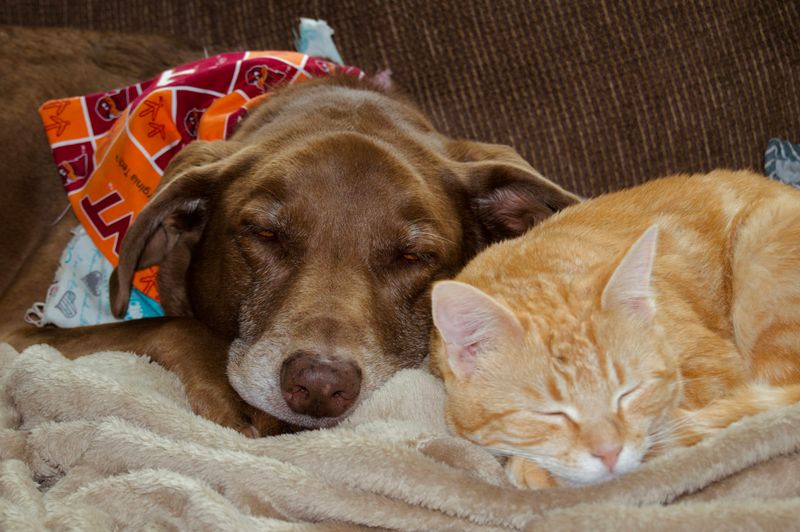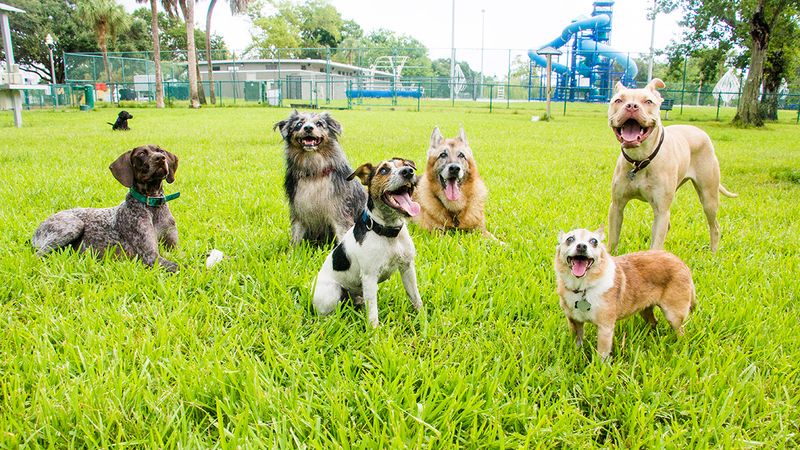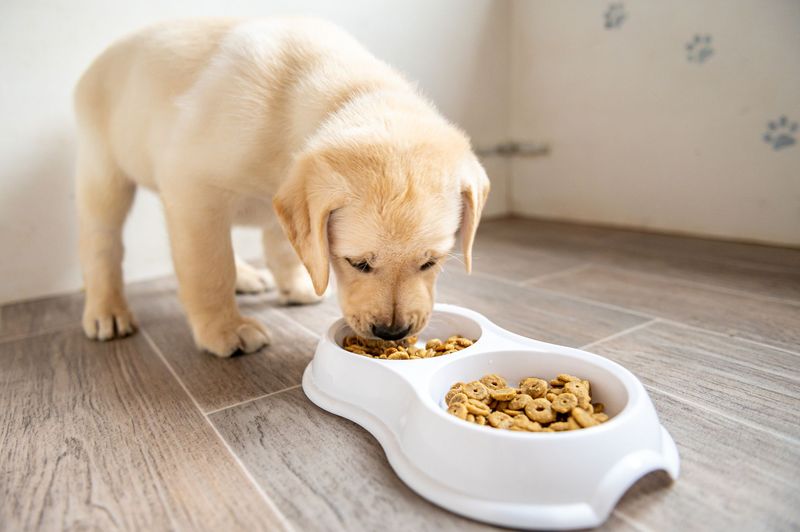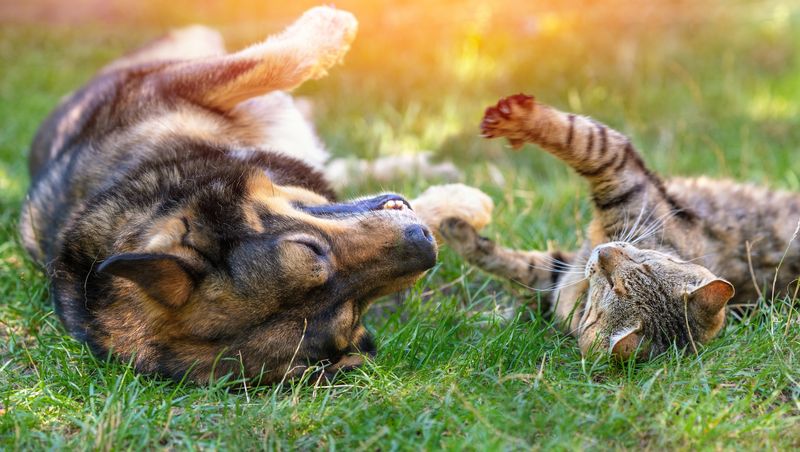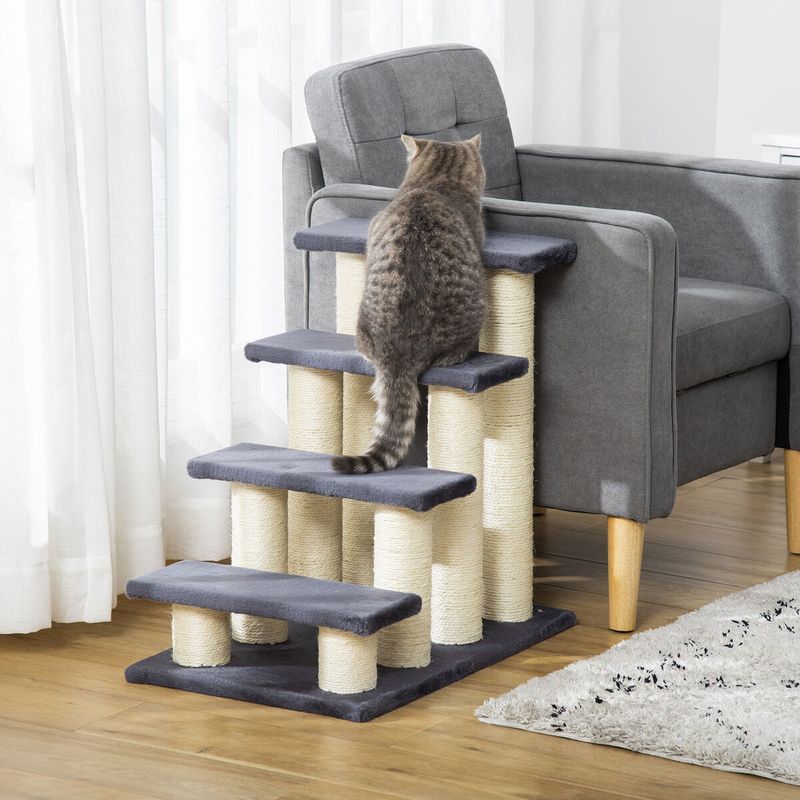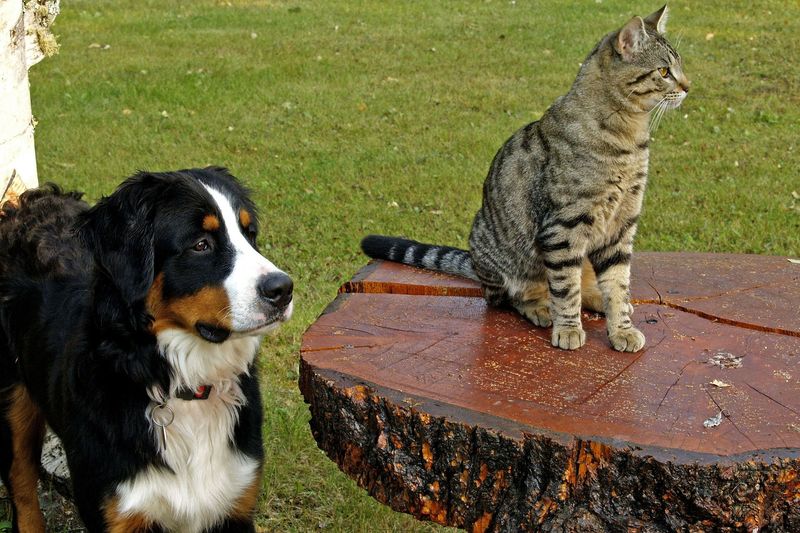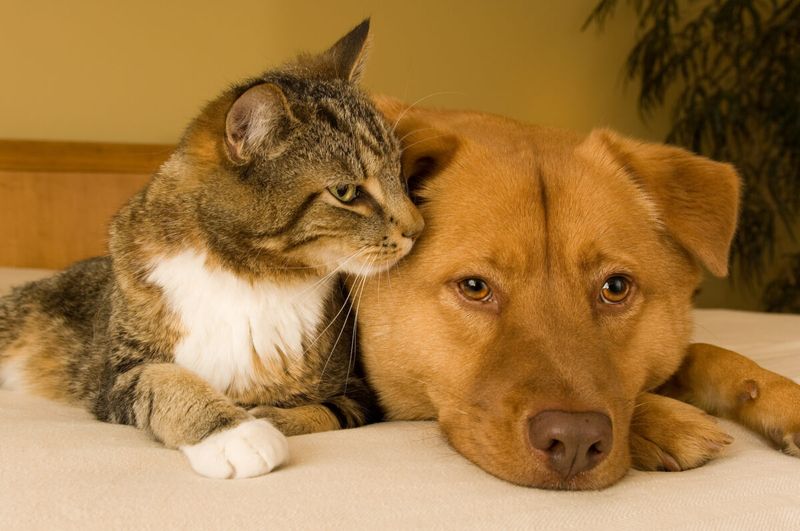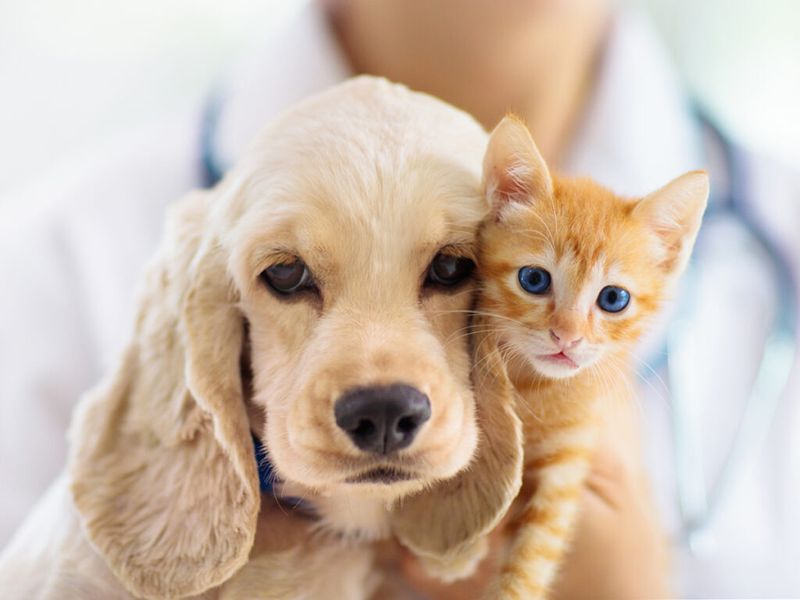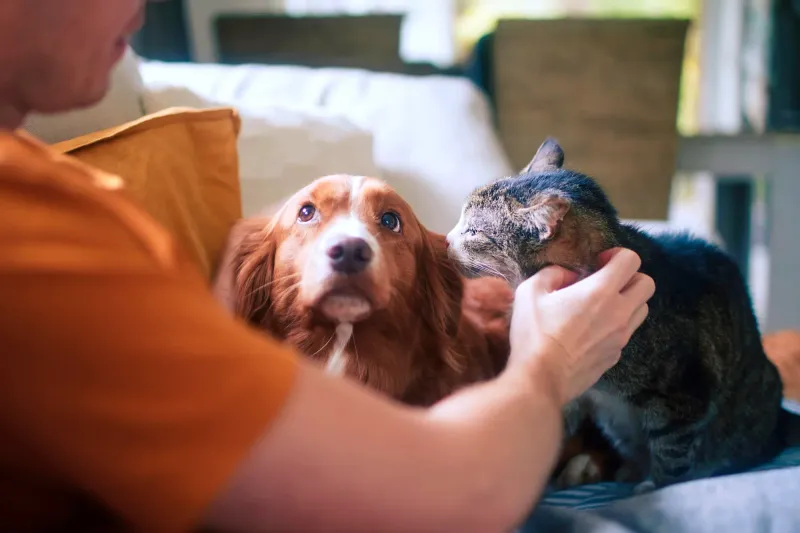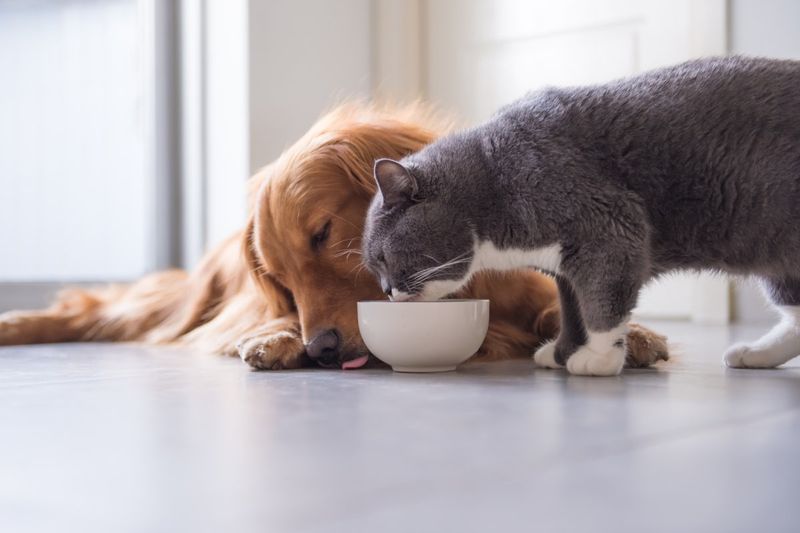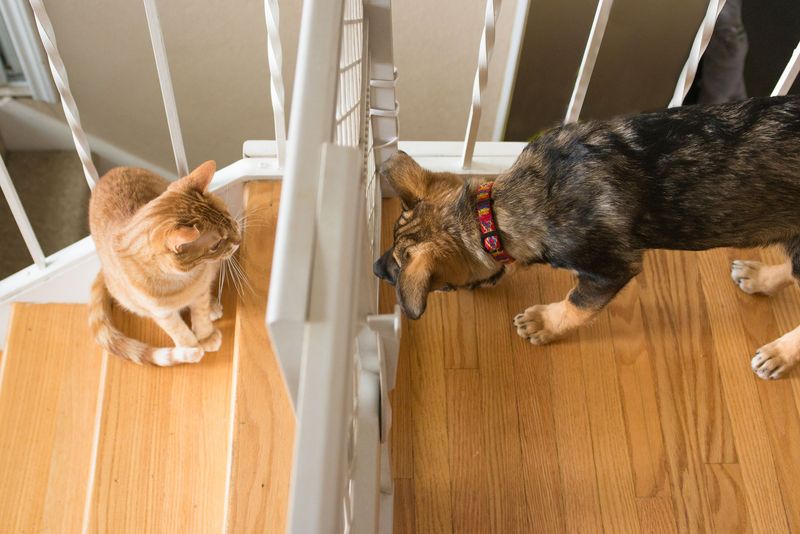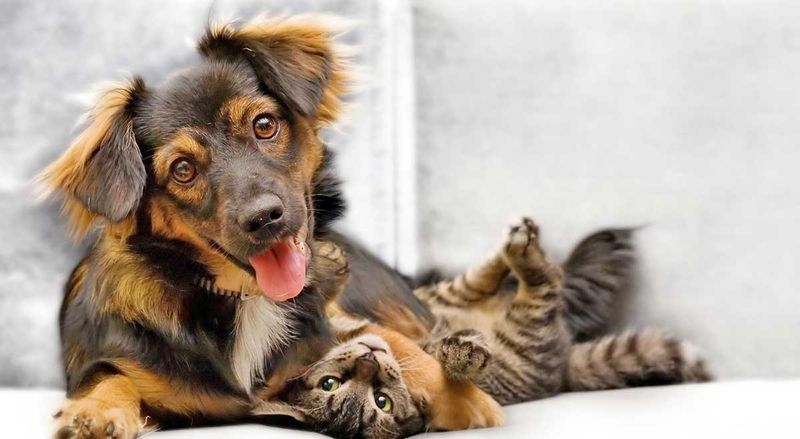📖 Table of Content:
- 1. Early Introduction
- 2. Separate Spaces
- 3. Supervised Playtime
- 4. Respect Their Differences
- 5. Establish Routines
- 6. Use Calming Aids
- 7. Socialize with Other Animals
- 8. Feed Them Separately
- 9. Understand Body Language
- 10. Provide Vertical Space for Cats
- 11. Train Basic Commands
- 12. Be Patient and Observant
- 13. Regular Health Check-ups
- 14. Celebrate Victories
- 15. Use Positive Reinforcement
- 16. Gradually Increase Interaction Time
- 17. Engage in Shared Activities
Building a peaceful relationship between cats and dogs is a goal that many pet owners aim for. Despite the common notion that these two animals are natural enemies, with the right approach, they can coexist peacefully. Patience, consistency, and understanding are key to ensuring they live harmoniously together.
Both cats and dogs have unique behaviors and instincts, which can sometimes cause tension between them. Recognizing these differences and addressing them early can prevent conflicts. By providing a safe and structured environment for both pets, any potential issues can be mitigated.
With the right training, supervision, and time, most cats and dogs can form positive relationships. Whether it’s through gradual introductions or creating spaces where they can each feel secure, the process is entirely achievable. The following tips offer effective strategies to help foster a lasting friendship between your feline and canine companions.
1. Early Introduction
Introducing a young cat and puppy can set the stage for lifelong friendship. Start by allowing them to sniff each other’s belongings. This mutual exploration builds curiosity and comfort. Keep the initial meetings short and positive. Using a baby gate can help maintain a safe distance while they get acquainted.
Gradually increase their interactions, always observing their body language. It’s essential to reward calm behavior with treats and praise, reinforcing positive associations. Over time, these short, controlled meetings help build trust. Patience is key, but the effort often leads to a harmonious bond.
2. Separate Spaces
Giving pets their own space is essential for creating a calm and secure atmosphere. Each animal has different territorial needs, which can be managed by providing separate zones. Allocate specific spots for both the dog and the cat to retreat to when they need alone time. A comfy dog bed and a cat tree can help fulfill their need for personal space. This approach prevents unnecessary territorial disputes.
Allow them to explore each other’s spaces occasionally. This shared access helps them get used to each other’s scent. Over time, they may choose to spend time together. By respecting their need for personal space, you lay the foundation for a peaceful coexistence.
3. Supervised Playtime
Socialization thrives with carefully monitored playtime. Short initial sessions with engaging toys, such as ropes or balls, help foster bonding. Watch closely to ensure the play stays friendly and intervene if necessary. Gradually lengthen playtime as they become more at ease in each other’s company.
Encourage gentle interaction by rewarding calm behavior. Supervision helps prevent misunderstandings and builds trust. It’s an opportunity for them to learn about each other’s play styles. With time, these sessions become natural and enjoyable. Strengthening their bond through play is both beneficial and fun.
4. Respect Their Differences
Understanding differences is crucial in nurturing a friendship. Cats are generally more independent, while dogs tend to seek companionship. Acknowledging these traits helps manage expectations. Allow your cat to take the lead when socializing, and don’t force interactions. Dogs may need more guidance to understand feline boundaries.
Observing their individual behaviors and preferences can provide insights. By respecting their unique characteristics, you create a more accepting environment. This approach not only reduces stress but also fosters a genuine bond over time. Learning to appreciate differences can strengthen their relationship.
5. Establish Routines
Routines provide stability and predictability, essential for easing tension. Feeding, playing, and walking at the same times daily helps reduce anxiety. A set routine helps them adapt to each other’s presence. This predictability creates a sense of security.
They learn to expect activities together, fostering cooperation. Consistent routines also help in managing potential conflicts, as both pets know what to anticipate. Over time, these shared experiences become a normal part of their lives. Establishing routines ensures that both pets feel comfortable and secure in their environment, paving the way for friendship.
6. Use Calming Aids
Stress and anxiety can be alleviated with calming aids. Pheromone diffusers and calming collars are designed to promote relaxation. Introducing these products during early encounters can have a positive effect. They replicate natural calming signals that make pets feel more comfortable. Be sure to choose aids that are best suited to each pet’s personality and needs.
Use them consistently, especially during potentially stressful situations. By reducing anxiety, pets are more open to positive interactions. Over time, these aids can facilitate a smoother relationship. While they aren’t a solution on their own, they help create a peaceful environment.
7. Socialize with Other Animals
Exposure to other animals can expand their world and lessen anxiety. Whether it’s visiting pet-friendly parks or scheduling playdates with other cats and dogs, socialization is vital. This kind of interaction enhances their communication skills. Always supervise these meetings to ensure everything goes smoothly. Over time, they’ll gain confidence and become more relaxed around various animals.
This practice enhances their social skills. These experiences translate into better interactions at home. Regular socialization boosts confidence and reduces fear, essential components in building a strong friendship. By integrating them into wider social circles, they learn to coexist peacefully.
8. Feed Them Separately
To avoid competition and stress, feed pets separately. With different dietary needs and eating habits, cats and dogs benefit from having their own designated spaces. Providing distinct feeding areas helps ensure each pet can enjoy their meals without disruption. This method also discourages resource guarding and any resulting conflicts. By letting them eat at their own pace, mealtimes remain peaceful.
Over time, they’ll become accustomed to this routine, reducing tension. Gradually, you might allow them to eat in closer proximity, but only when they’re comfortable. Maintaining this separation respects their individual needs, fostering harmony. A calm feeding environment supports overall well-being and positive interactions.
9. Understand Body Language
Reading body language is crucial to preventing tension. Since cats and dogs communicate in distinct ways, understanding their signals can help guide their interactions. Watch for clues in their ears, tails, and posture. A wagging tail in a dog generally indicates happiness, while for cats, it could mean annoyance. Being aware of these signs allows for early intervention when necessary.
It’s important to teach family members about these signs too. Over time, you’ll become adept at reading their moods. This understanding helps in fostering a peaceful environment. By respecting their communication styles, you encourage a respectful relationship. This knowledge empowers you to create positive experiences.
10. Provide Vertical Space for Cats
Vertical spaces offer cats an escape and vantage point. Cat trees or shelves provide safe areas away from dogs. This arrangement lets cats observe without feeling threatened. It satisfies their natural climbing instinct. Over time, your cat will feel more in control and less stressed. Dogs learn to respect these elevated territories.
By providing these spaces, you reduce potential conflicts. It’s a simple yet effective way to enhance coexistence. Encouraging cats to use these areas promotes harmony. Ultimately, it allows cats to feel secure, contributing to a balanced relationship.
11. Train Basic Commands
Fostering simple behaviors is essential for control and safety. Teaching your pets to follow basic actions, such as ‘sit’ or ‘stay,’ makes managing their interactions easier. Begin with the dog, using treats and praise as positive reinforcement. For cats, clicker training with treats helps them learn quickly. Over time, this creates a foundation of trust and communication. This consistency keeps unwanted behaviors in check.
Over time, both pets learn to respect each other’s space. Training sessions also serve as bonding opportunities. It’s an investment in creating a harmonious household. By instilling obedience, you pave the way for peaceful coexistence. Training is a valuable tool in nurturing friendships.
12. Be Patient and Observant
Developing a lasting bond requires patience and keen observation. Understanding the unique traits and preferences of each pet helps foster a smooth connection. Each animal adapts at their own pace, so it’s important to be attentive to their needs. Observing their behavior offers valuable insights into their developing relationship.
Patience allows you to intervene appropriately without rushing. Celebrate small milestones, as these are signs of progress. Over time, your efforts will likely yield a strong bond. Being observant helps in identifying triggers or stressors. By understanding their needs, you create a nurturing environment. Patience is the foundation of a lasting friendship, requiring time and care.
13. Regular Health Check-ups
Routine vet visits ensure both pets are healthy and happy. Routine vet visits help catch any underlying health issues early. A healthy pet is more likely to engage positively. Addressing health concerns like fleas or allergies reduces irritability. Ensure vaccinations and treatments are up-to-date.
When pets feel good physically, they’re more open to social interactions. Over time, regular check-ups contribute to overall well-being. A clean bill of health lays the groundwork for a harmonious relationship. It’s an integral part of responsible pet ownership. Healthier pets often mean happier interactions.
14. Celebrate Victories
Positive behavior thrives when victories, large or small, are celebrated. Recognizing your cat and dog’s good interactions with rewards like treats, praise, or play reinforces their behavior. Sharing these positive moments with your family strengthens their bond. Consistent reinforcement lays the groundwork for a peaceful relationship. Eventually, these efforts will help them become inseparable companions.
This practice helps them associate each other with good experiences. By focusing on achievements, you foster a positive environment. Celebrating success creates a cycle of encouragement. Recognizing progress is key to nurturing their bond.
15. Use Positive Reinforcement
Positive reinforcement is a powerful tool in shaping behavior. When your cat and dog exhibit friendly behavior, reward them with treats, affection, or playtime. This encouragement reinforces the idea that good things happen when they are together. Be consistent with rewards to help them associate each other with positive experiences.
Avoid scolding or punishing them when they act out. Instead, redirect their attention to more appropriate behavior. Over time, this positive approach fosters mutual respect and understanding, making cooperation more appealing. Remember, consistency and patience are key to successful reinforcement.
16. Gradually Increase Interaction Time
Start with extremely brief meetings between your pets, keeping them separated by a baby gate or screen door. This barrier allows them to see and smell each other without direct contact that might trigger fear or aggression.
Over several weeks, slowly extend these supervised interaction periods. Watch for relaxed body language like loose tails, calm breathing, and natural movements rather than stiff postures. If either pet shows signs of stress, immediately separate them and try again later with a shorter session. Patience is crucial here – some animal pairs may take months to fully adjust. Remember that forcing quick friendships often backfires, creating long-term relationship problems between your pets.
17. Engage in Shared Activities
Creating positive associations through joint activities helps pets bond naturally. Try parallel play sessions where each animal has their own toys but shares the same space with you, giving equal attention to both. Mealtime can become a bonding ritual too. Feed them separately but nearby, gradually decreasing the distance as they grow comfortable. Some pets even enjoy gentle grooming sessions together, which mimics social bonding behaviors they naturally display with their own species.
Walking your dog while your cat observes from a window creates a routine that includes both pets. Eventually, some cats even join these walks, creating a true family activity that strengthens the multi-species friendship.
